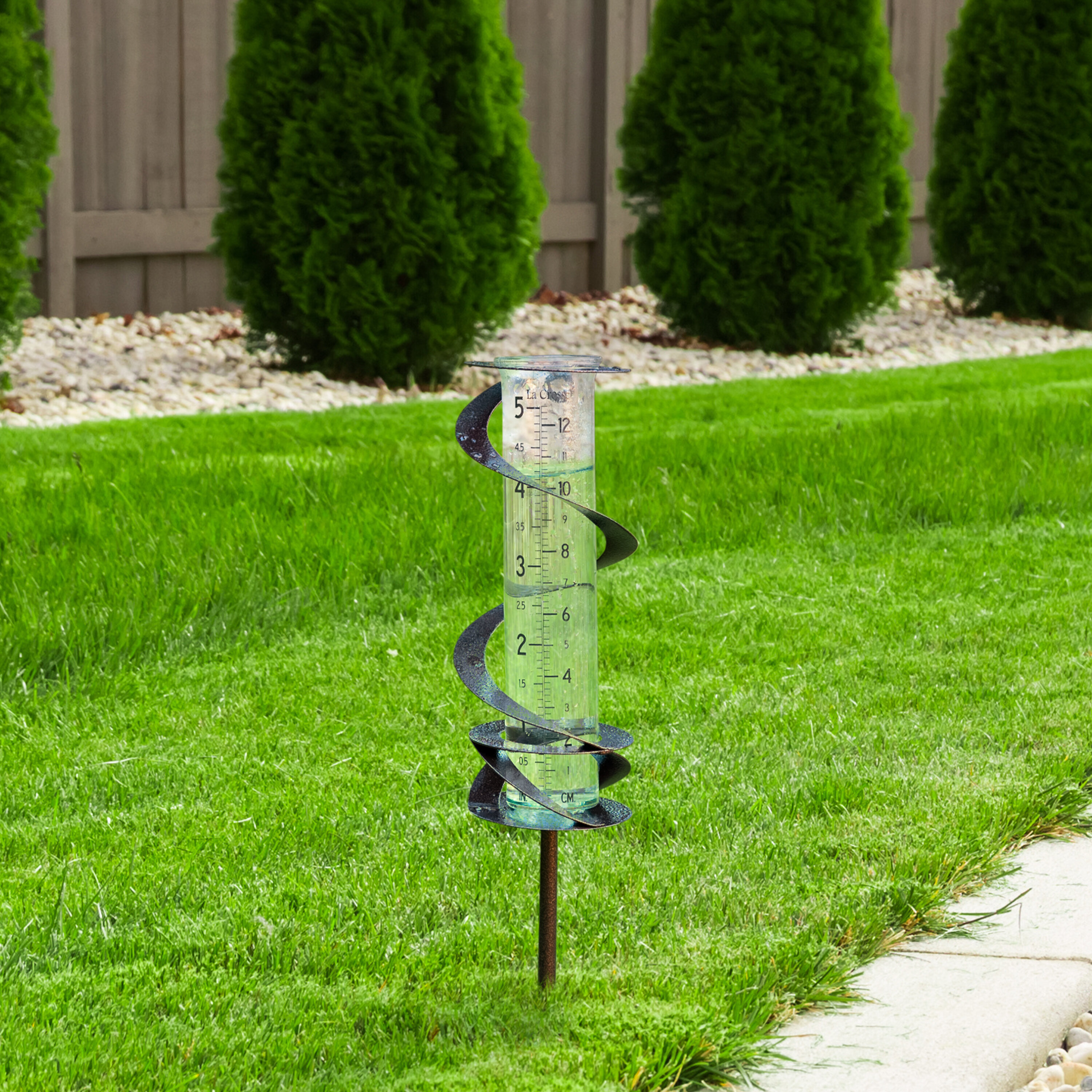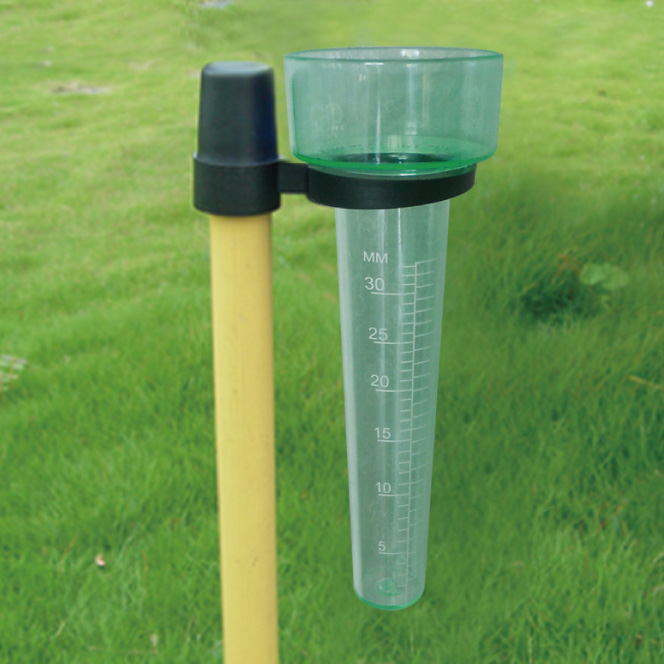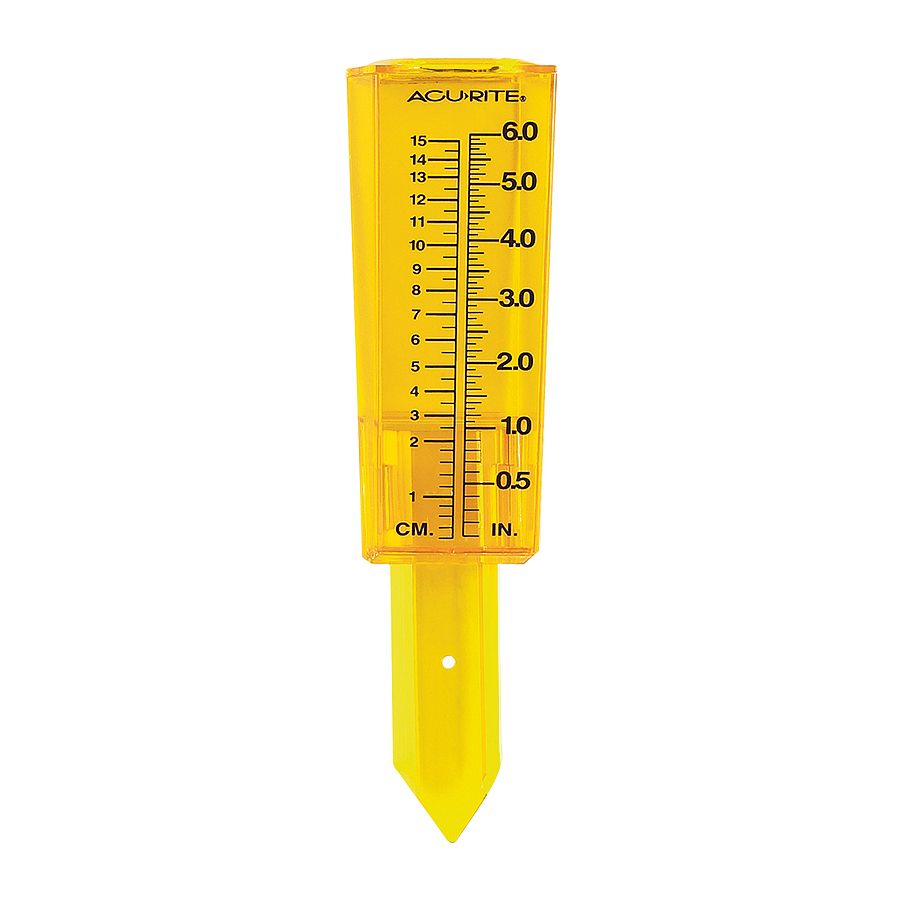Mastering the Science Behind The Rain Gauge: Insights and Innovations Unveiled
Wiki Article
How to Choose the Right Rain Scale for Accurate Rain Data
Precise rains information is crucial for numerous sectors and activities, such as agriculture, water, and meteorology source monitoring. To get trusted dimensions, it is necessary to pick the right rain gauge. This overview intends to provide important insights into the choice process, enabling you to make educated decisions. Taking into consideration elements such as place, kind, and precision of the rain scale will certainly assist guarantee accurate data collection. Additionally, comprehending the maintenance and calibration procedures will certainly add to the durability and reliability of your rainfall scale. By complying with these guidelines, you can guarantee precise rainfall data, making it possible for far better decision-making and planning for different applications.Relevance of Selecting the Right Rainfall Gauge
The relevance of choosing the right rain scale depends on getting exact and trustworthy rains data for exact meteorological evaluation. Rain data is critical for a vast array of applications, consisting of weather projecting, hydrological modeling, and environment research. Unreliable or unreliable information can lead to incorrect verdicts and flawed decision-making procedures.
Second of all, the accuracy and precision of the rainfall gauge are vital. The gauge should have the ability to gauge rainfall with high precision, recording also percentages of rainfall accurately. It should additionally lessen errors as a result of dissipation, wind, and other ecological aspects. Routine calibration and maintenance are necessary to make certain continuous accuracy.
Moreover, the place and installment of the rain gauge are important considerations. It should be put in an open area, away from blockages that could influence rainfall dimensions. The scale ought to be placed at a suitable elevation and angle to avoid spilling and ensure appropriate catchment of rain.
Factors to Think About When Picking a Rainfall Scale
When picking a rainfall scale, there are a number of crucial variables to take into consideration. There are different types available, including conventional rainfall assesses, tipping bucket rain gauges, and considering rain evaluates.Another element to consider is the material of the rain gauge. Rainfall determines can be constructed from numerous products, such as plastic, steel, or glass. The product selected must be immune and resilient to weather, making sure that the rain gauge will certainly hold up against the components and give exact dimensions in time.
Accuracy is also an important factor to consider. Seek rainfall evaluates that have been adjusted and examined for precision. Attributes such as anti-splash rings and funnels can likewise boost the precision of the dimensions.

Lastly, think about the environment and atmosphere in which the rainfall gauge will be made use of. Different rainfall determines appropriate for various climates, so it is very important to choose one that is suitable for the problems in your location.
Different Kinds of Rainfall Evaluates Offered
To even more check out the variables to consider when choosing a rainfall scale, it is important to comprehend the various kinds of rainfall assesses available. The most usual type is the common rain gauge, likewise understood as the round rain gauge.An additional type of rain scale is the tipping container rain gauge. As the rain drops into the scale, it fills up one side of the pail, triggering it to clear the water and tip.
A 3rd type of rain scale is the weighing rain scale. As the rain drops right into the gauge, it is accumulated in a container connected to a balance.
Ultimately, there are also remote rainfall gauges that use progressed technology to determine rains (The Rain Gauge). These assesses usage sensing units and transmitters to send out information wirelessly to a central unit. Remote rain gauges are hassle-free for keeping track of rainfall in hard-to-reach areas or for large-scale information collection
Just How to Figure out the Accuracy of a Rainfall Scale
One means to assess the accuracy of a rainfall scale is by performing regular calibration measurements. Calibration includes contrasting the analyses of a rainfall gauge to a conventional dimension, such as a qualified rain gauge or a weather station with high accuracy. By comparing the dimensions, any kind of discrepancies or inaccuracies in the rain gauge can be determined and represented.To perform a calibration measurement, start by collecting rainfall data from both the rain gauge and the common measurement device over a certain time duration, such as a month. Compare the analyses and compute the difference between them. This difference is known as the calibration mistake.
It is essential to keep in mind that calibration measurements should be performed routinely, as environmental variables, such as temperature level, wind, and debris, can influence the precision of the rain scale gradually. By carrying out regular calibrations, any changes in the accuracy sites of the rainfall gauge can be identified and modifications can be made appropriately.
In addition to calibration, it is also advised to clean and maintain the rain scale on a regular basis to guarantee its accuracy. Remove any type of particles or obstructions that may affect the precision of the measurements, and look for any indicators of damage or put on that may need repair services or substitute.
Tips for Maintaining and Calibrating Your Rain Scale
Normal maintenance and calibration are critical for making certain the accuracy and dependability of your rain gauge in gauging rainfall data (The Rain Gauge). By adhering to a few easy pointers, you can guarantee that your rainfall scale is properly preserved and adjustedFirstly, it is very important to clean your rainfall scale frequently to avoid any kind of debris or dirt from blocking the rainfall collection mechanism. Use a moderate cleaning agent and a soft brush to carefully clean up the within and exterior of the gauge. Rinse it completely with clean water and enable it to completely dry entirely prior to re-installing it.
Secondly, it is recommended to calibrate your rain gauge a minimum of yearly. Calibration entails contrasting the dimensions of your rainfall scale with those of a relied on and accurate reference click over here gauge. This will help you identify and correct any type of possible mistakes in your rainfall scale's dimensions.
To adjust your rainfall scale, gather a recognized volume of water utilizing a determining container and contrast it with the measurements taped by your rainfall gauge. Change the readings appropriately to guarantee accuracy.

Conclusion
In verdict, choosing the right rain scale is vital for obtaining accurate rainfall data. Aspects such as function, place, and spending plan should be thought about when selecting a rainfall gauge.There are various kinds offered, including typical rain evaluates, tipping bucket rainfall gauges, and evaluating rainfall determines.To further explore the elements to take into consideration when picking a rainfall gauge, it is crucial to understand the various types of rain gauges available. The most common type is the basic rain gauge, additionally recognized as the round rain gauge.Another kind of rainfall gauge is the tipping bucket rainfall gauge. website link Calibration includes comparing the analyses of a rainfall gauge to a standard dimension, such as a licensed rainfall gauge or a weather station with high accuracy.
Report this wiki page